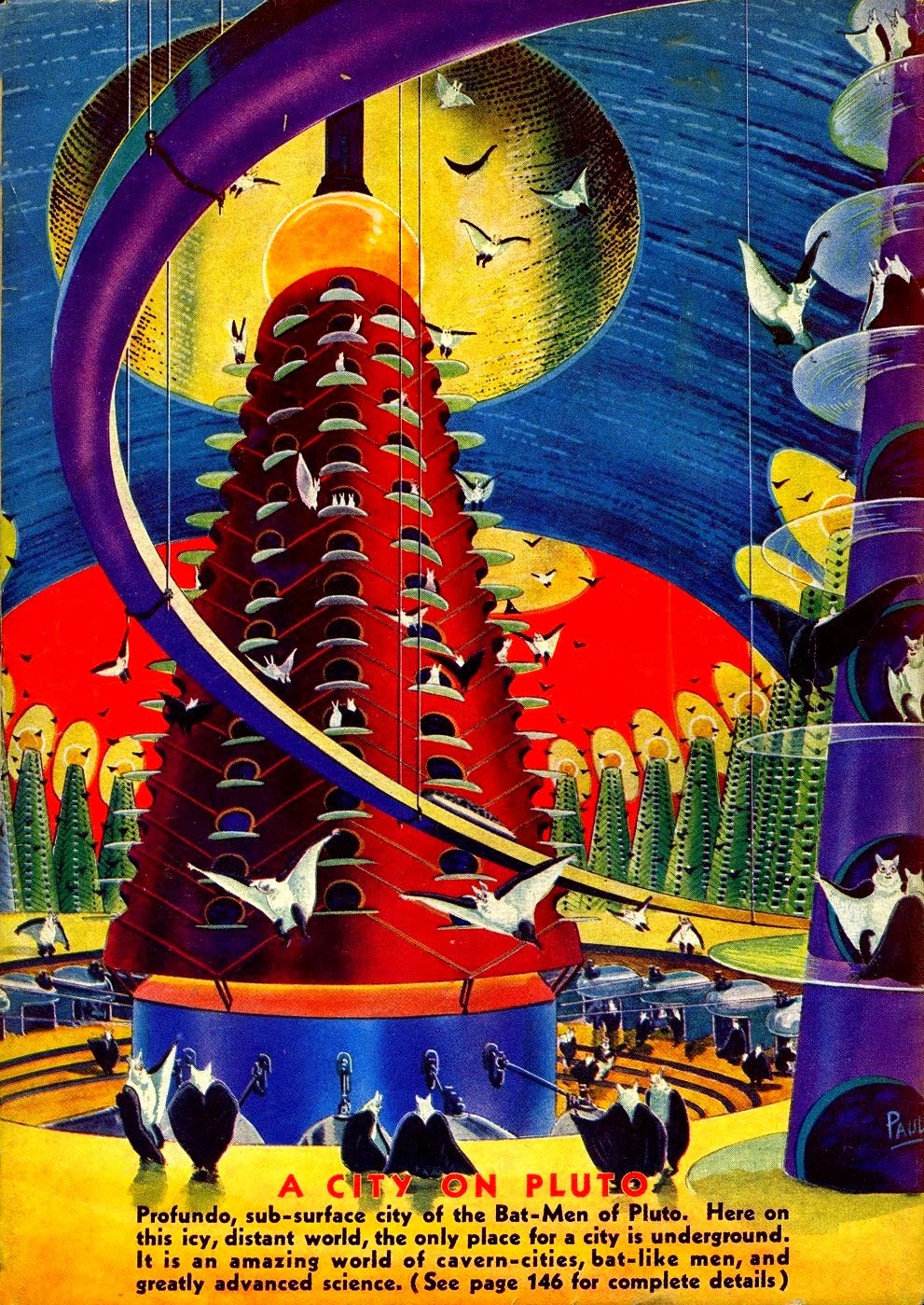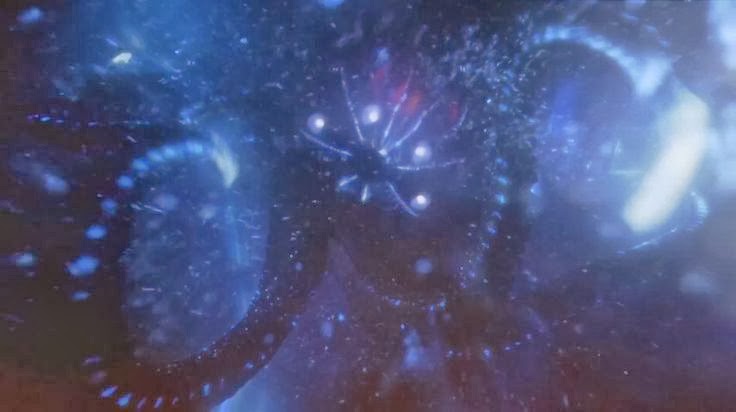
Planet of Origin: Unknown, in the Milky Way Galaxy
The Volge are a sentient red skinned humanoids over 8 feet tall whose bodies secret a highly resistant organic
armor as well as organically
powere their bionetic Cold-fire
weapons. Volge do not process oxygen very well and require their armor
to provide them with some protection. They are believed to reproduce
with clone-like offspring through their DNA and might be an enigneered species.
Subterranean
by nature, they live in colonies and come to the surface for warring
purposes and have developed a very warlike civilisation.
It
is unknown from which planet the Volge originate but they made it to
the Votanis System some thousand years ago and landed on the planet Omec
whose native population they wiped.
As of 5000 years ago, when their system underwent a stellar cataclysm,
they were deliberately left behind as all the system's population fled
in large interstellar arks but but some of them managed to get aboard.
Source: Defiance TV series.





















































